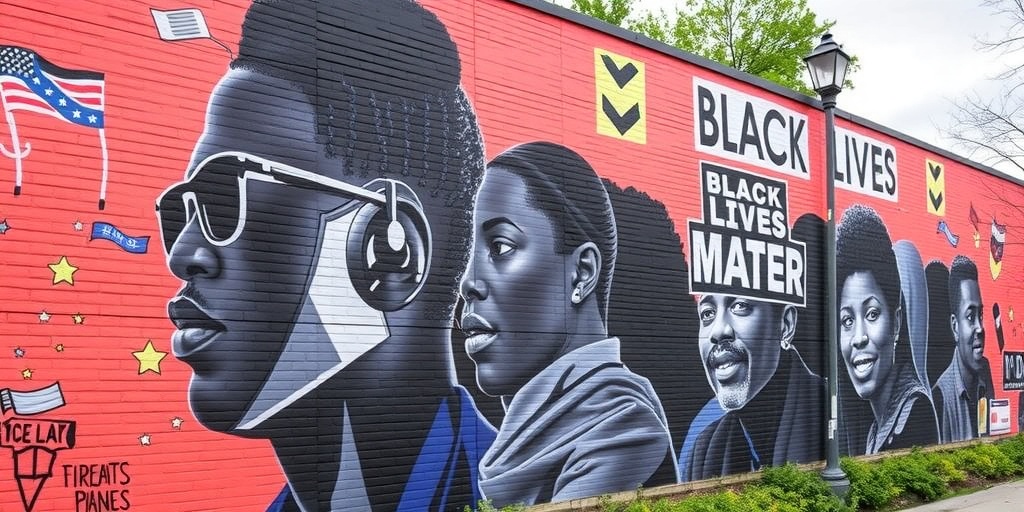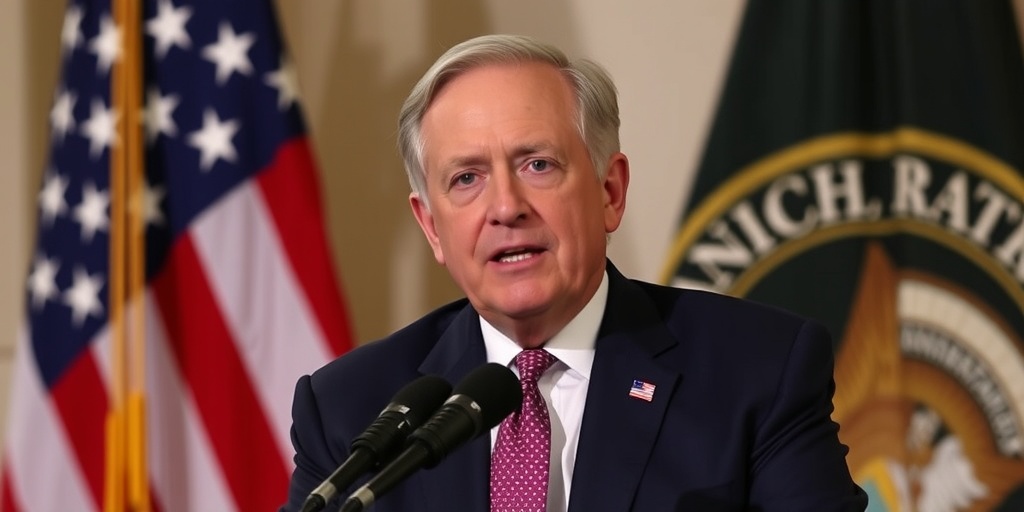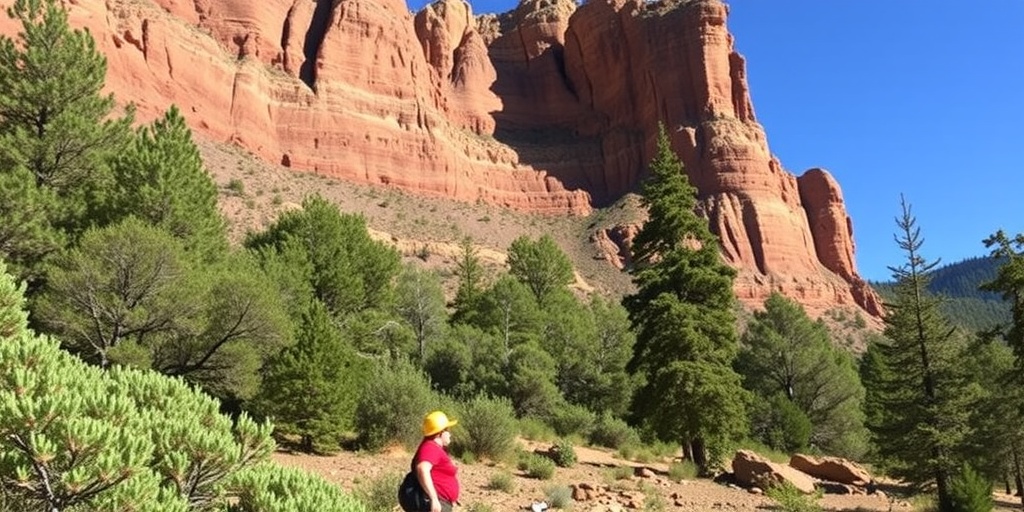Now Reading: D.C. Removes Black Lives Matter Mural Amid GOP Pressure
-
01
D.C. Removes Black Lives Matter Mural Amid GOP Pressure
D.C. Removes Black Lives Matter Mural Amid GOP Pressure

Local Authorities Begin Removal of Black Lives Matter Mural Near White House
In a significant turn of events, local government crews in Washington, D.C., initiated the removal of the influential Black Lives Matter mural on Monday morning, a vibrant piece of art that has been a symbol of the social justice movement since its creation nearly five years ago. The mural, which boldly proclaims "BLACK LIVES MATTER" in bright yellow letters, spans two blocks of 16th Street NW and was artistically crafted in June 2020 during a period of nationwide protests following the tragic murder of George Floyd.
The Black Lives Matter mural transformed a section of the street into a pedestrian-friendly zone known as Black Lives Matter Plaza, effectively becoming a focal point for activists and citizens advocating for racial equity and justice. However, its survival has been increasingly uncertain since the recent political changes, particularly with the return of President Trump to the White House in January. The landscape shifted further when D.C. Mayor Muriel E. Bowser announced that the mural would be removed, a decision closely following the introduction of legislation by Representative Andrew Clyde, a Republican from Georgia. Clyde’s bill suggested that millions of federal dollars could be withheld from the city unless the mural was demolished and the plaza was renamed.
This mural was conceived during a time of heightened activism and awareness surrounding issues of systemic racism and police brutality, which peaked in response to George Floyd’s death. The painting not only served as a form of artistic expression but also as a reminder of the urgent call for change echoing through cities across the United States.
The creation of the mural occurred shortly after a controversial incident where federal authorities forcefully cleared protesters near the White House, enabling then-President Trump to walk to St. John’s Church and pose for photographs while holding a Bible. This moment became emblematic of the tensions present during the racial justice protests and catalyzed widespread public discourse on racial inequality in the country. The mural was crafted as a counter-narrative to moments such as these, representing a hopeful yet urgent demand for justice.
Despite the city’s historical ties to the mural as a marker of critical civil rights dialogue, Mayor Bowser emphasized the need to shift focus toward the immediate concerns of residents and the local economy. At a recent town hall meeting, she stated, “This mural was a significant part of the city’s history, but now our focus is on making sure our residents and our economy survive.” This shift in priorities has raised questions among advocacy groups regarding the future of such public art and its implications for community sentiment and activism.
While there has been no explicit confirmation that the mural’s removal is a direct response to the actions of Congress or the White House, Mayor Bowser indicated that the decision had been in the works for a considerable time. In a social media post shared last week, she announced that the removal and subsequent redesign of the plaza would be incorporated into a broader citywide mural initiative in connection with the upcoming 250th anniversary of the United States.
The decision to dismantle the mural has prompted reactions from various quarters, with activists and community leaders expressing disappointment and concern over the loss of a powerful symbol of resistance and unity against racial injustice. The Black Lives Matter movement has played a pivotal role in elevating discussions on race, equity, and reform in America, and the mural served as a constant visual reminder of those ongoing struggles.
As the removal process begins, many will be watching to see how the city plans to honor its commitment to social justice in future initiatives. The redesign of Black Lives Matter Plaza may offer an opportunity for new artistic expressions that reflect the evolving nature of the movement and the progress toward equity and justice.
The entire episode highlights the delicate relationship between art, politics, and community—a relationship that continues to unfold as a nation grapples with its complex history and the pressing need for reforms in the wake of social movements. The conversation surrounding the mural’s removal is sure to continue, as it taps into broader themes of identity, representation, and historical memory in American society.
Stay Informed With the Latest & Most Important News
Previous Post
Next Post
-
 01New technology breakthrough has everyone talking right now
01New technology breakthrough has everyone talking right now -
 02Unbelievable life hack everyone needs to try today
02Unbelievable life hack everyone needs to try today -
 03Fascinating discovery found buried deep beneath the ocean
03Fascinating discovery found buried deep beneath the ocean -
 04Man invents genius device that solves everyday problems
04Man invents genius device that solves everyday problems -
 05Shocking discovery that changes what we know forever
05Shocking discovery that changes what we know forever -
 06Internet goes wild over celebrity’s unexpected fashion choice
06Internet goes wild over celebrity’s unexpected fashion choice -
 07Rare animal sighting stuns scientists and wildlife lovers
07Rare animal sighting stuns scientists and wildlife lovers





















